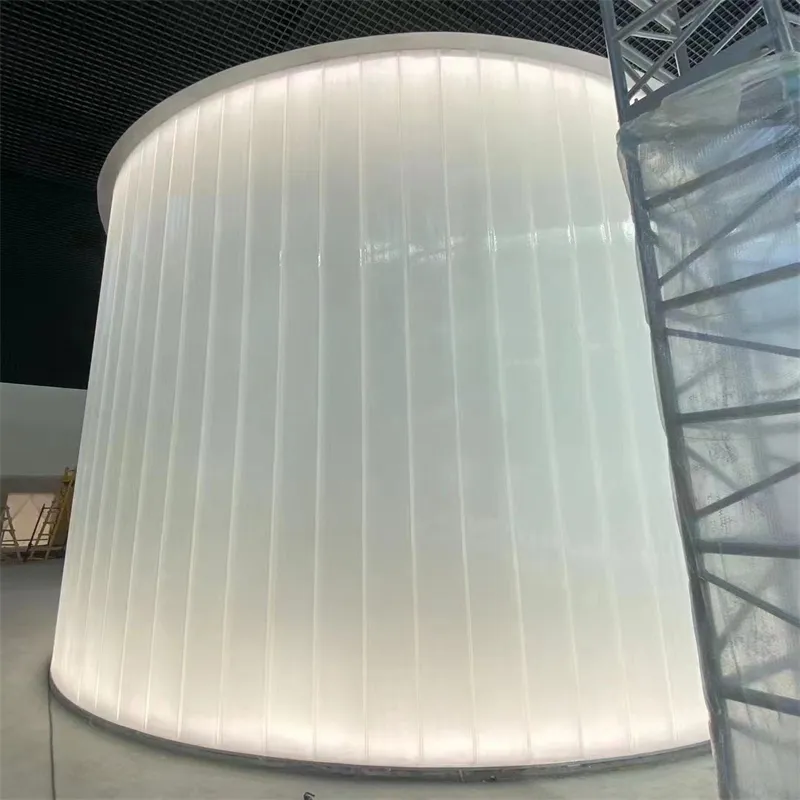Nov . 25, 2024 00:58 Back to list
Understanding the Benefits of Low Emissivity Coatings in Energy Efficiency Applications
Understanding Low Emissivity Coatings Enhancing Energy Efficiency in Modern Buildings
Low emissivity (low-e) coatings are a significant advancement in the field of building materials, particularly in the realm of windows and glass products. These innovative coatings enhance the energy efficiency of buildings by controlling the flow of heat, thereby contributing to sustainable practices in architecture and construction. Understanding what low-e coatings are and how they function is essential for anyone interested in energy efficiency and modern living.
Understanding Low Emissivity Coatings Enhancing Energy Efficiency in Modern Buildings
The mechanism behind low-e coatings revolves around their ability to manage thermal radiation. Traditional windows allow heat to escape during colder months and enter during warmer months, which can lead to increased energy consumption for heating and cooling. Low-e coatings, however, minimize this unwanted heat exchange. For instance, in cold climates, low-e glass reflects interior heat back into the room, reducing the need for additional heating. In warmer climates, it reflects solar heat away from the building, thus lowering cooling costs.
low emissivity coating

There are two primary types of low-e coatings passive and solar control. Passive low-e coatings are designed to maximize solar heat gain during winter months, making them ideal for regions with cold winters and mild summers. On the other hand, solar control low-e coatings are engineered to reduce solar heat gain while still allowing natural light to enter. These coatings are particularly beneficial in hot climates where cooling costs can be significant.
The benefits of utilizing low-e coatings extend beyond mere energy savings. Buildings equipped with low-e windows often experience a reduction in glare, enhanced comfort due to stable indoor temperatures, and decreased condensation on window surfaces, which can contribute to mold and moisture issues. Additionally, low-e coatings can significantly lower carbon footprints and contribute to LEED (Leadership in Energy and Environmental Design) certification, making them a preferred choice for environmentally conscious builders and architects.
Despite the clear advantages, there are some considerations to keep in mind when installing low-e glass. The performance of these coatings can be influenced by various factors, including the orientation of the building, local climate conditions, and the specific type of coating chosen. It's essential for stakeholders—be it homeowners, builders, or architects—to work closely with manufacturers and energy consultants to select the appropriate low-e solution that aligns with their specific needs.
In conclusion, low emissivity coatings represent a powerful tool in the quest for more energy-efficient buildings. By cleverly managing heat transfer and enhancing indoor comfort, low-e coatings not only contribute to lower energy bills but also support a shift towards more sustainable practices in the construction industry. As awareness grows about the importance of energy efficiency, the adoption of low-e technology is likely to increase, paving the way for a future where buildings are both comfortable and environmentally friendly. Embracing these advancements will ultimately lead to a healthier planet and a more sustainable living for generations to come.
-
Safety and Style with Premium Laminated Glass Solutions
NewsJun.24,2025
-
Reinvents Security with Premium Wired Glass
NewsJun.24,2025
-
Premium Float Glass Line for Modern Architecture
NewsJun.24,2025
-
Low Emissivity Glass for Energy-Efficient Architecture
NewsJun.24,2025
-
High-Performance Insulated Glass Solutions for Modern Architecture
NewsJun.24,2025
-
Elevates Interior Style with Premium Silver Mirror
NewsJun.24,2025
Related PRODUCTS














